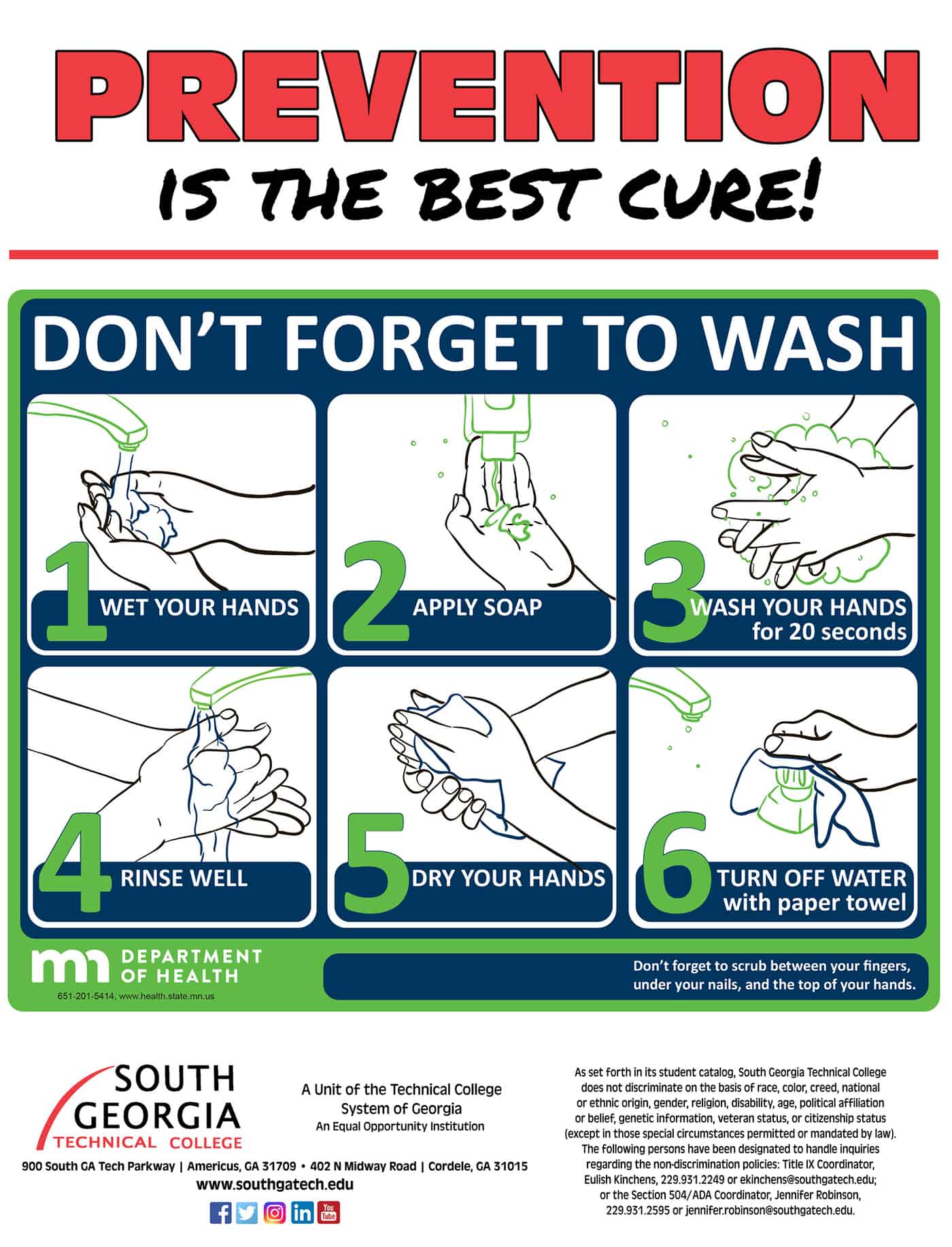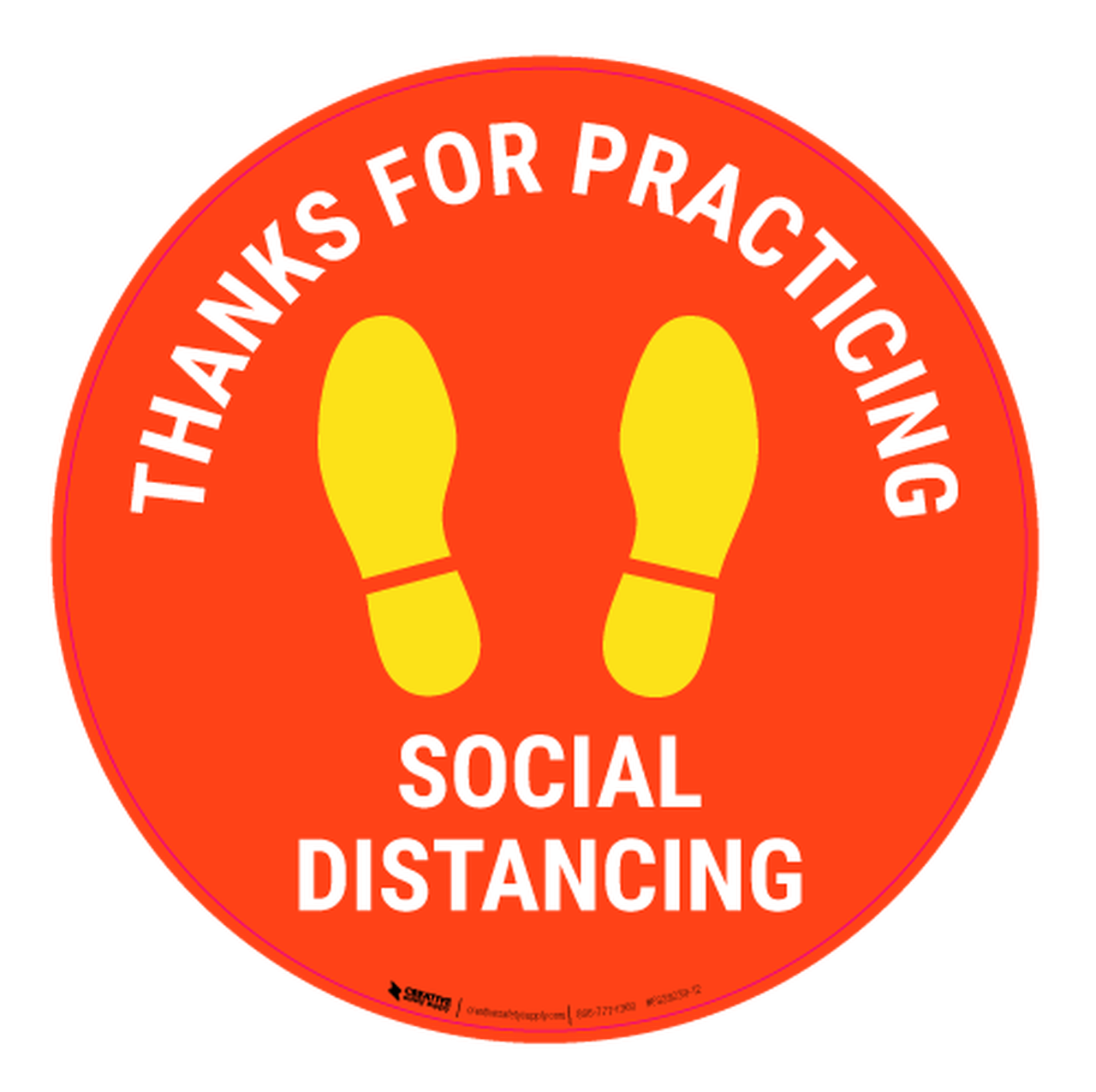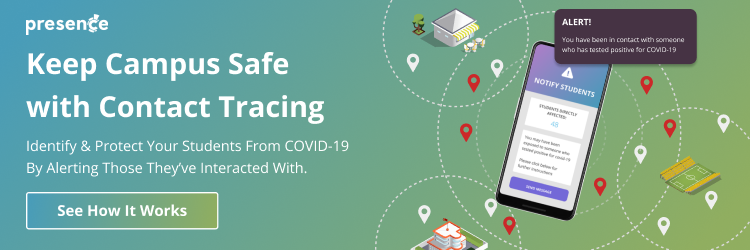Institutions around the world have worked hard to create policies that maximize safety while welcoming students back onto their campuses.
A combination of mask-wearing and social distancing policies, hybrid learning, and testing protocols have brought some success. But with new cases of COVID-19 continuing to crop up and health officials suggesting that mask-wearing could continue to be necessary into the next academic year, campuses are unlikely to return to “normal” anytime soon.
Yet, keeping students on campus is essential for their personal and academic development. Distance learning can increase students’ feelings of social isolation, lead to academic challenges, and bring about new mental health concerns.
To keep students on campus and COVID-19 cases low, following policy is critical. However, continued compliance will become more difficult as COVID-19 cases continue to trend downward, vaccines make their way onto campuses, and students become increasingly tired of health and safety policies. Students will let their guards down at a time when the CDC is encouraging us to remain vigilant for the health of our communities. Building continued student buy-in will be crucial to prevent a resurgence of the virus and keep our campuses safe.
Here are five tips for building student buy-in for pandemic health and safety policies.
1. Make policy the path of least resistance
One of the most significant ways we can promote buy-in is to ensure that policies are worthwhile and easy to follow.
The New York Times published an article in July 2020 comparing efforts to promote face masks to previous public health campaigns, including the use of condoms, seat belts, and bicycle helmets. The authors concluded that any successful public health campaign incorporates elements of education, engineering, and enforcement.
Institutions should educate students on the transmission and spread of the virus. While you might hope that students have the fundamentals of hygiene down pat by now, anyone who has walked through a residence hall knows that they could use some reminders.
Rather than asking students to seek out information on their own, you can publicize tips and facts in the everyday campus environment. Social media campaigns, bulletin boards, and posters in high traffic areas are great for reminding students about social distancing and serving as campus health resources. Never underestimate the power of a “how to” poster about handwashing posted above sinks.

Institutions can further encourage compliance by making mask-wearing and social distancing policies the default. This might include:
- Changing the physical layout of student spaces
- Moving desks and tables to reduce room capacity
- Offering more frequent shuttle or bus trips at reduced capacity
- Creating one-way paths through buildings
- Having face masks and hand sanitizer readily available in all spaces
Staff and faculty can also help by continually offering masks and sanitizer to students within communal spaces. Offering sanitizer at the beginning of meetings or when students enter the dining hall should help reinforce a habit of frequent use.
You can also identify common side effects of safety procedures — like foggy glasses, dry hands, and itchy faces — and try to mitigate them.
I recently advised an RA who told me that the institution’s requirement of sanitizing hands before entering and leaving a building was making her hands so dry that they cracked and bled. I was having the same problem — so much so that I received four tins of hand balm for Christmas! Although I couldn’t change the policy, I could acknowledge that this was frustrating and look for solutions. I collaborated with the facilities team to phase in lotion-infused sanitizer in the dispensers near every exit.
We have all had to make huge changes to the ways we live and work over the last year, and most of it hasn’t been easy. But reducing barriers to compliance, we can make policy adherence less interruptive and burdensome to students’ lives.
2. Provide opportunities to get social
The college experience is hard to define, but we can probably assume that many students miss the general campus atmosphere. Student org meetings, parties, concerts, and campus traditions have been put on hold in favor of virtual programming, which are becoming less and less appealing to many students.
In August of 2020, NPR examined several instances of students forgoing social distancing measures in favor of gathering with peers. Remember: Most of our students have been socially isolated for more than a year. Asking them to refrain from spending time together is no small favor. To keep policy compliance up, you should look for alternative ways to host social activities safely.
In addition to virtual programs, you can get creative in allowing students to move around and feel more connected to their peers. Lure students away from their screens with door decorating contests in residence halls, photo scavenger hunts around campus, self-guided tours of the local area, or suggested hiking routes.
Warmer weather also provides opportunities for students to gather together outdoors while maintaining distance. Movies on the green, outdoor dance parties, silent discos, trivia contests, paint nights, and lawn games can all be adapted to fall within health and safety guidelines.
Our students are often our greatest resources and way more creative than we are. When coming up with programs that will excite and engage our students, asking them is usually the best way to go.
3. Catch them doing the right thing
While I was working on my graduate degree, the dean of students of a small, private college came to speak to our cohort about supporting students through the conduct process.
“You have chosen a profession wherein everything you do is based around the decision-making skills of 18-to-22-year-olds,” she said. “Good luck.”
Her declaration reminded me of an afternoon during my first year of college when a group of students in my residence hall pulled all the mattresses out of each other’s rooms, piled them on the floor of the lounge, and jumped from the loft on the floor above into the mound of plastic mattresses and bedding. I wonder how well my own peers would have handled strict social distancing guidelines and mask-wearing policies back then.
Enforcing policies through the conduct and sanctioning process is important, but positive reinforcement might be even more effective. Shame and blame don’t often resort in behavioral changes. Instead, students who are shamed for their decisions might get defensive or see themselves as bad people and, thus, feel less empowered to change.
Instead, positive reinforcement shows students that you notice their behavior and see it as valuable to the community. This can be as simple as thanking students for following social distancing policies or wearing a mask.

Some institutions have held programs to encourage student engagement, handing out gift cards or other prizes to students who wear college gear on spirit days or participate in community service initiatives. Programs like these can be adapted to reward and encourage COVID-19 policy compliance.
4. Normalize policy compliance throughout campus
A friend of mine once jokingly referred to his job in residence life as being a “professional party pooper,” which is no doubt how many of his students saw him.
Some students recognize the need for policy and conduct, but most respond better to encouragement from their peers. The administration can set policy and document violations, but, as always, our greatest resource is our students themselves.
So, reaching out to students and staff who hold important roles in the student body will likely be your best bet. These could involve anyone who works closely with students, such as:
- Club presidents
- Athletic captains
- Student government officers
- Resident assistants
- Orientation leaders
- Academic advisors
- Athletic coaches
Encouraging students and staff to model social distancing or participate in social norming campaigns provides opportunities for peer support and makes the conversation about wearing masks or skipping parties more valuable. Students are more likely to comply if they feel like they are helping their community stay safe and healthy.
5. Reduce Covid19 stigmas
No public health campaign is complete without addressing stigma.
Social media or poster campaigns can remind students that no one is at fault for getting sick and that all members of your community are valued.
We won’t always know who has received a positive COVID-19 test result. Showing empathy to those who are sick or at high risk creates a stronger sense of community and will encourage students to abide by policy and get tested when necessary.
This also includes supporting students in isolation and quarantine. You can ease the stress and feelings of loneliness experienced by these students through:
- Hosting online yoga classes or at-home fitness classes
- Dropping off or mailing activities like puzzles, games, or crafts to their residence halls
- Assigning a staff or faculty member to check in daily with each student in quarantine or isolation
- Collaborating with the counseling center to reach out to students and offer services
- Scheduling outdoor time for students to enjoy fresh air, away from others
Everyone deserves empathy in this time, and reducing stress and stigma around those who are exposed allows for increased access to health services and resources.
If any students or staff still get diagnosed with COVID-19, you can utilize contact tracing to prevent the virus from spreading further. The key is to find out whom the diagnosed individual may have exposed and to alert those exposed individuals ASAP. You can easily and quickly do both through Presence! With just a few clicks, administrators can pull comprehensive reports to discover which events students have recently attended. Learn how it all works here.

While this academic year certainly has been challenging, our students have shown us how adaptive and resilient they are. They have risen to the challenge of keeping our campus communities safe during unprecedented times. However, we aren’t at the end of this pandemic, so we can’t yet return to “normal”. Creating a sense of community and student buy-in will help us get there.

How has your campus encouraged student buy-in regarding COVID-19 healthy and safety measures? We’d love to learn from your success! Connect with us on Twitter @themoderncampus.





